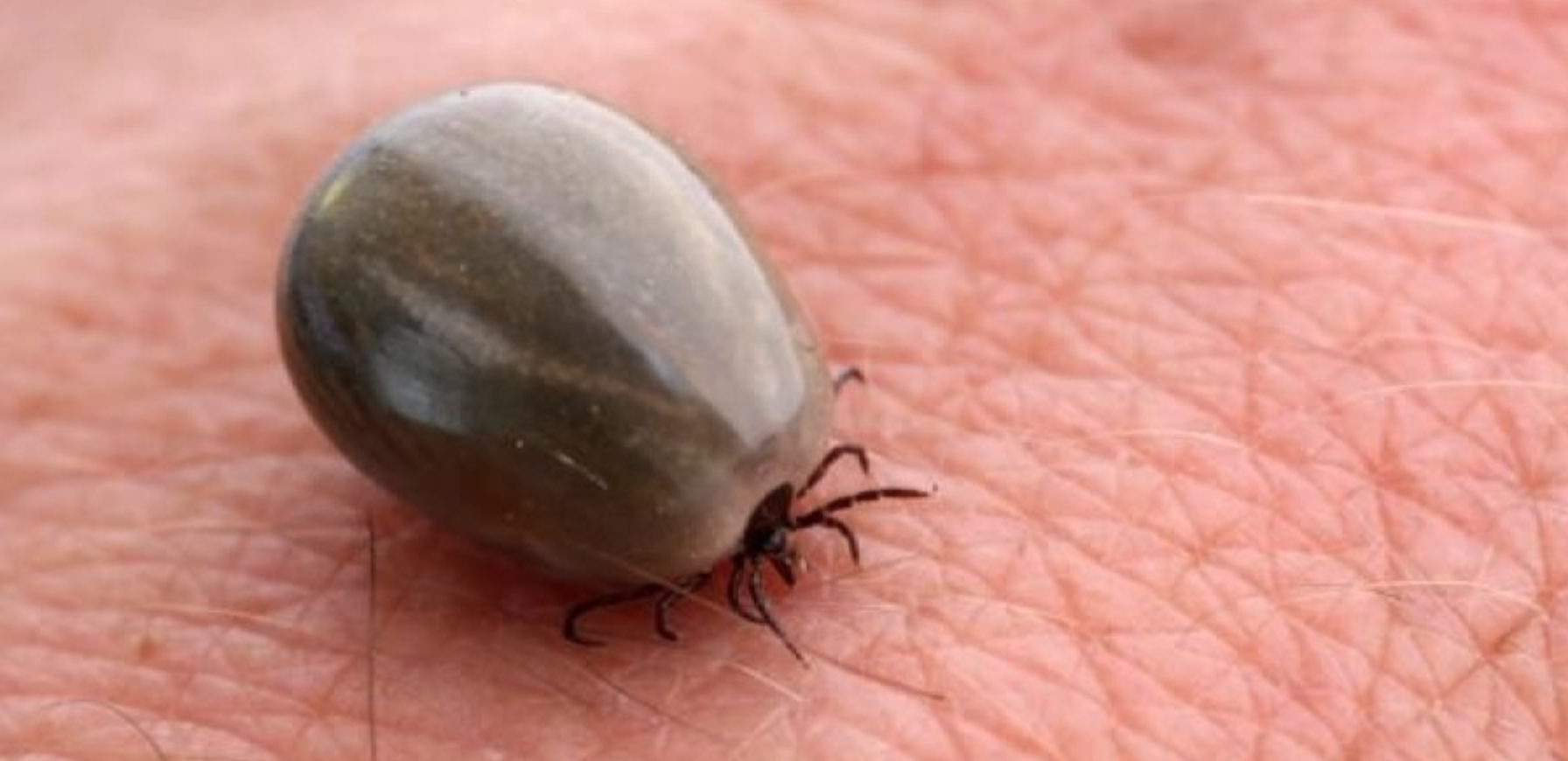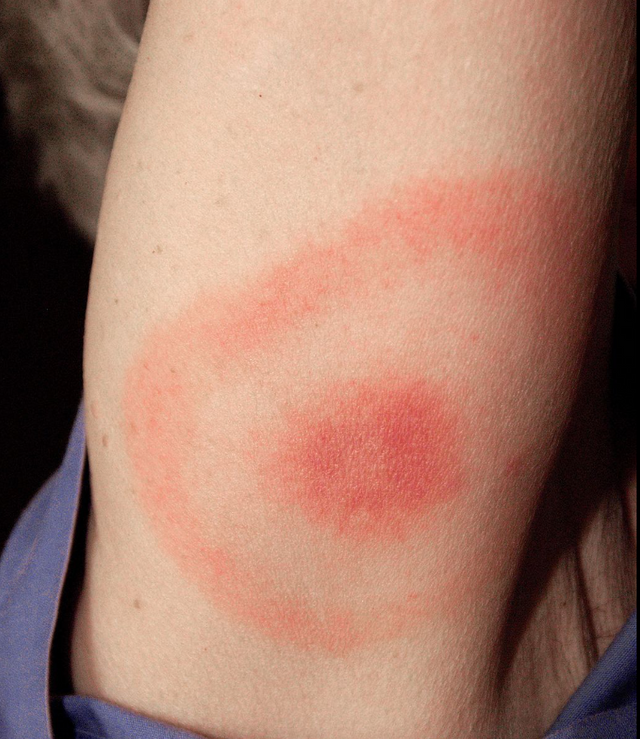Med Made Easy #1 - Lyme disease
Hey steemit community!
Let me introduce myself. My name is Martin, but friends often call me brook. I'm a med student at the end of his university journey. During this whole time I met a lot of people that seems not to understand basic things in medicine, and they are not to blame. Everything is described in a very scientific way and doctors are often not willing to explain it in a more friendly way. That's where my friends and I decided to step in. It won't be an easy task for a guy that's not a native English speaker, but I promise, I will do my best!
The idea here is to keep everything as simple as possible, and if you have any specific question I will be happy to answer them in the comments! This is Chapter 1 of Med Made Easy, and we will be talking about Lyme disease!
1. Overview
It's summer time. People are having fun outside in various places, including those where these little 'bugs' live in. I have already introduced myself, so let me introduce the stars of this chapter. Ticks. They do not look very pleasant, don't they?
Have you ever wondered if they are more related to spiders or maybe to mosquitoes? Me neither, but just to be clear - spiders is the right answer.

*This should be an image caption, but it is not. Any idea why?
2. Jumping myth
Oh, how many times I have heard that a tick can jump on a person from a tree! Wrong. They usually climb up to 2 meters (6 feet and 6.74 inches, at least that is what my converter is saying...) and prefer to board you rather than jump like some kind of spiderman or flying squirrel.
3. 'All are infectious' myth
They are not all infectious. All alone they do not cause any harm, except sucking up your blood. They need a specific bacteria - Borelia species. Those are the things that are responsible for the whole disease.
4. Should I worry after I found one on my skin?
Let's say you have been hiking in a nearby forest this morning and while taking a shower in the evening hours, boom, a tick in your skin. You are a big boy/ girl so you decided to remove it. Now, do you have a Lyme disease?
Probably not - researches have proven that if a tick is infected, it needs about 36 hours in our skin to transmit the disease.
5. So should I worry at all?
There are two scenarios when you should:
- You have been in an endemic region for the disease and you found a tick in your skin more than 36-48h after the journey.
- You have found multiple ticks after your trip
First thing to do - remove this little guy. Second one - watch your skin in the place of the tick.
6. Red spot
Speaking about our skin. If a tick is removed you should observe this place for about 2 weeks. A simple red spot after a bite is fine, it's probably an alergic reaction to the tick itself. What should worry you is a red spot with a skin color circle around it, and another red circle (see the image). It is called 'Erythema chronicum migrans' (latin), translating to a chronic migrating redness.
Why migrating? Because it spreads from the center and makes itself bigger every day until it disappears. It is a very important sign and you should see your doctor after you see it.

7. Tick removal
Okay, let's make it clear - every technique that removes the whole tick body is good. I just simply grab it with my tweezers and pull it. Quick look if its head did not separate from its body and we are good to go.
8. I am planning a trip to an endemic region, any advice?
Cover yourself with your clothes and check your skin right after you come back. And see the doctor BEFORE you go. They can prescribe you an antibiotic to prevent getting the disease, but it's up to them to decide.
Uff... We made it to the end. I am widely open to criticism and any advices as well as topics that you would want to learn about. See you in the next chapter!
Congratulations @brookstudio-co! You received a personal award!
You can view your badges on your Steem Board and compare to others on the Steem Ranking
Vote for @Steemitboard as a witness to get one more award and increased upvotes!